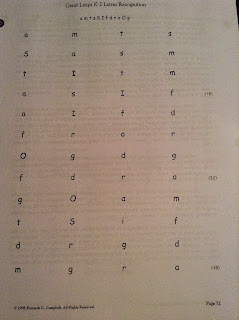- Understand the role of routines in creating and maintaining positive learning environments for reading and writing instruction using traditional print, digital, and online resources.
One way I create a positive and maintained learning environment is by sticking to the schedule. My students know what subject comes next and when we are close to the end of the day by the routine of our classroom. If I do things out of order, they can get out of hand. The like the structure of the classroom, and they are actually upset if I have to skip a certain subject. Another thing that our school does to keep a positive school environment is called Brave Bucks. They are used for outstanding behavior. I give mine out sparingly so my students must be on their absolute best behavior and go above and beyond for their Brave Bucks. I give them out for perfect reading scores occasionally, and I will not give them out if they ask for them. I will say that the best way to get students to do their best work is to believe in them. I have one particular student who I had to get on about his coloring because he would just put a few scribbles and say he was done. I told him that I knew he could do so much better than that and now he is very proud to bring his work to me and I make sure to let him know how great of a job he has done.
Artifact: This is another student's work that I had to have redo his paper because his first attempt was not his best work. I just tell my students that they are capable of anything they set their minds to and that I know they can do great things, and they will do whatever you want them to if you just show that you believe in them.
.JPG)
.JPG)


.JPG)
.JPG)


